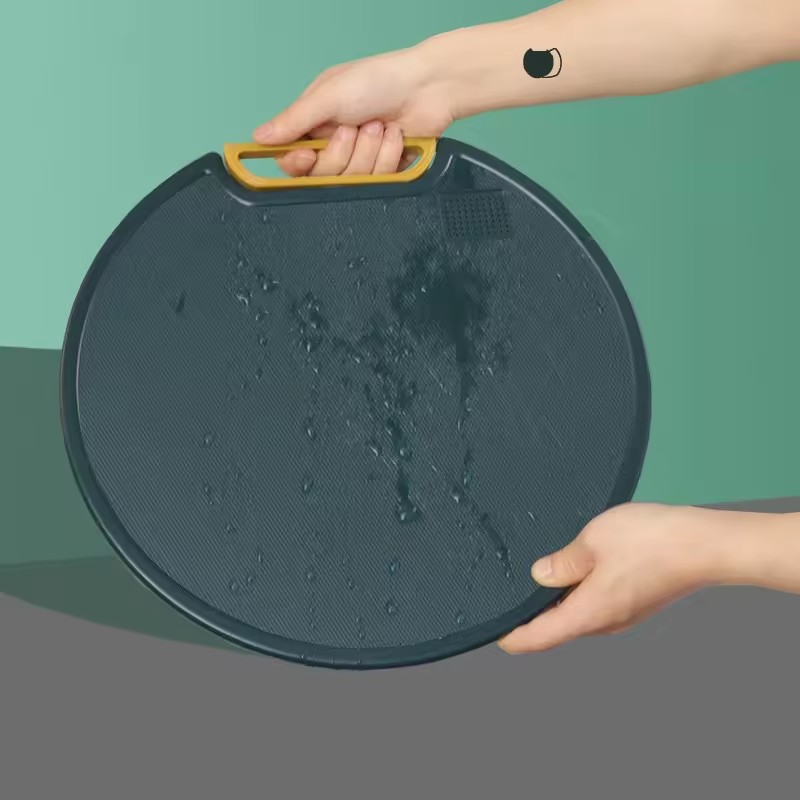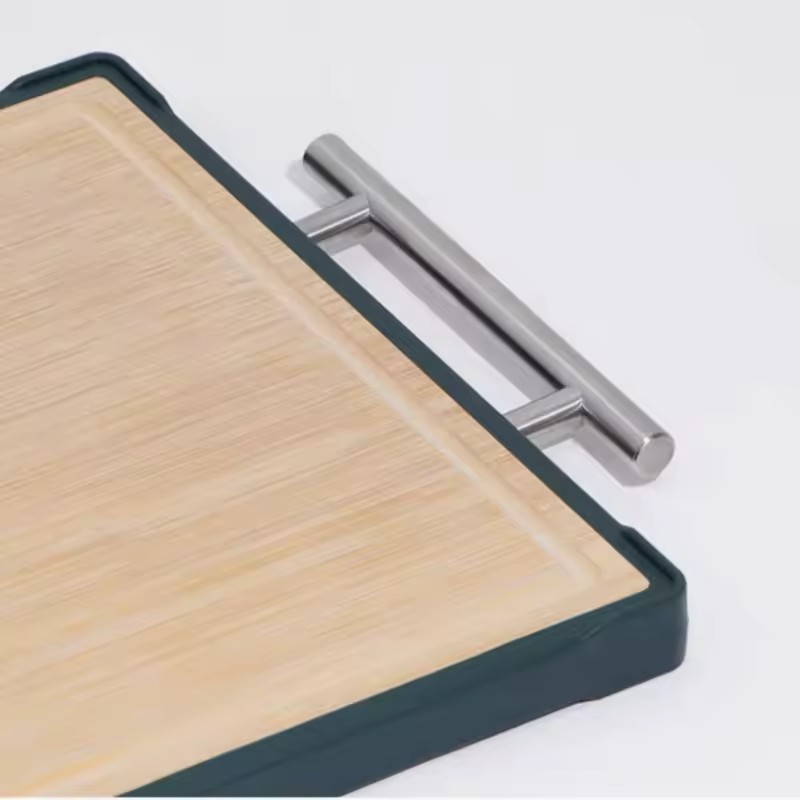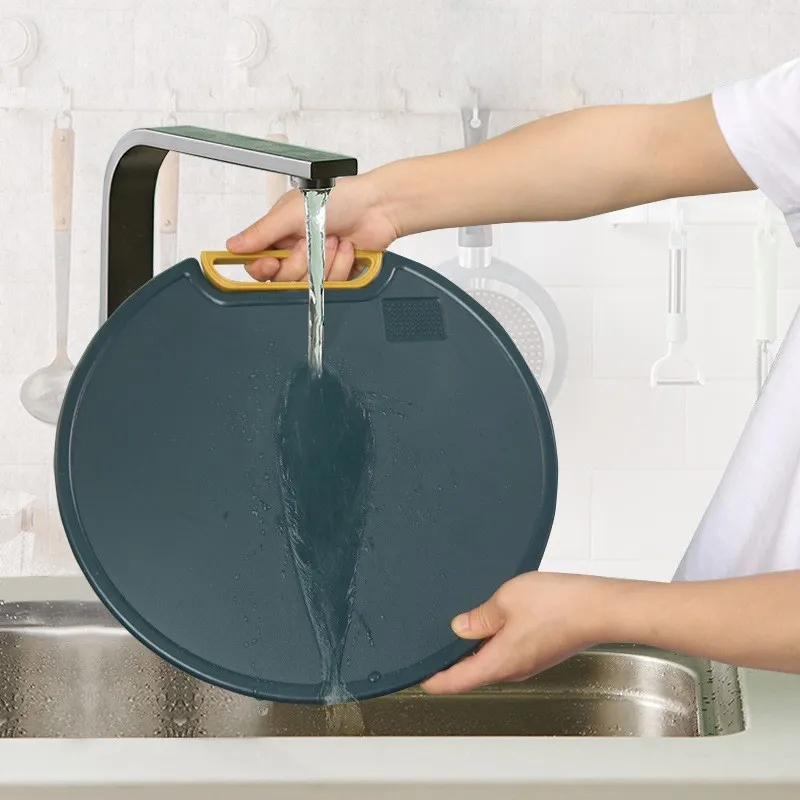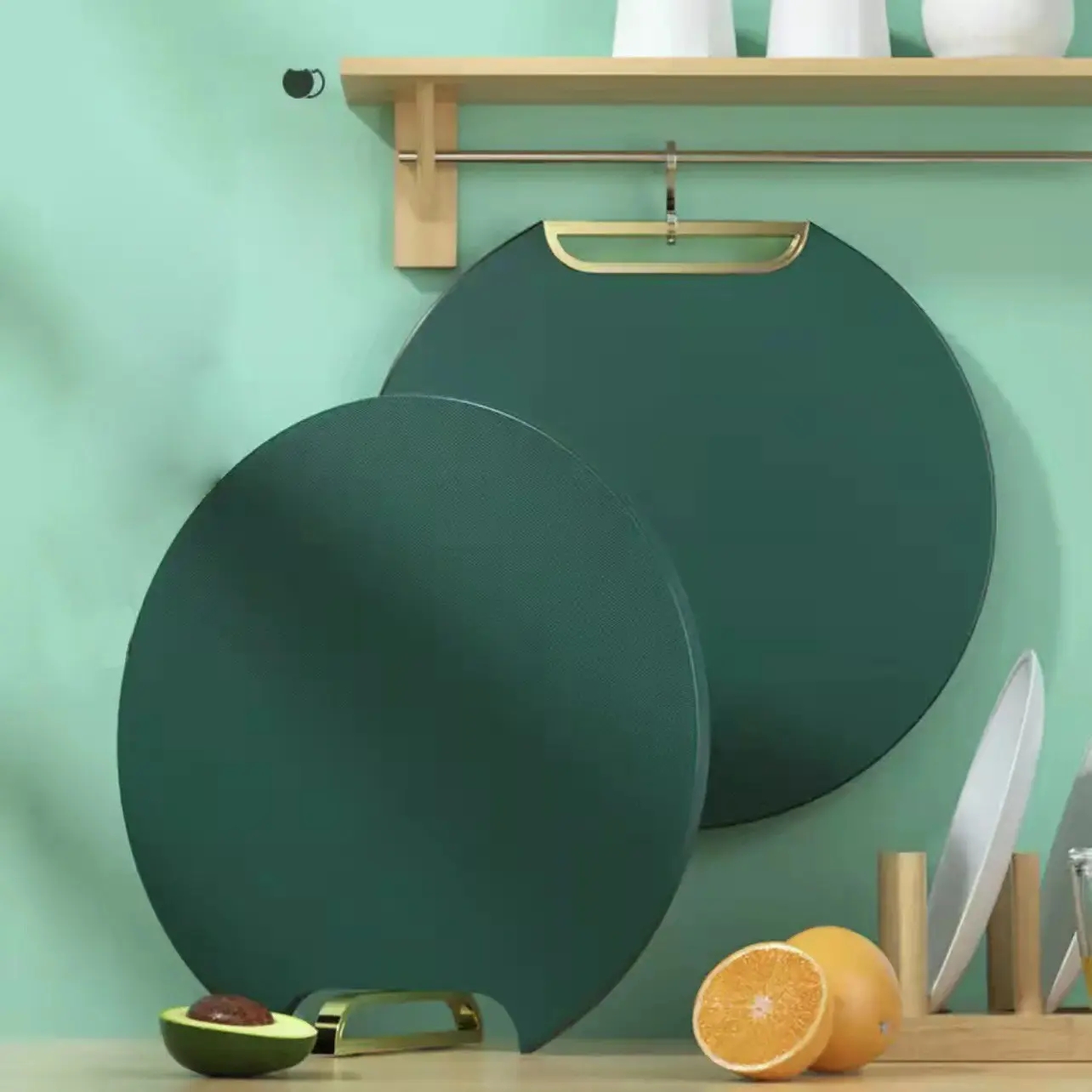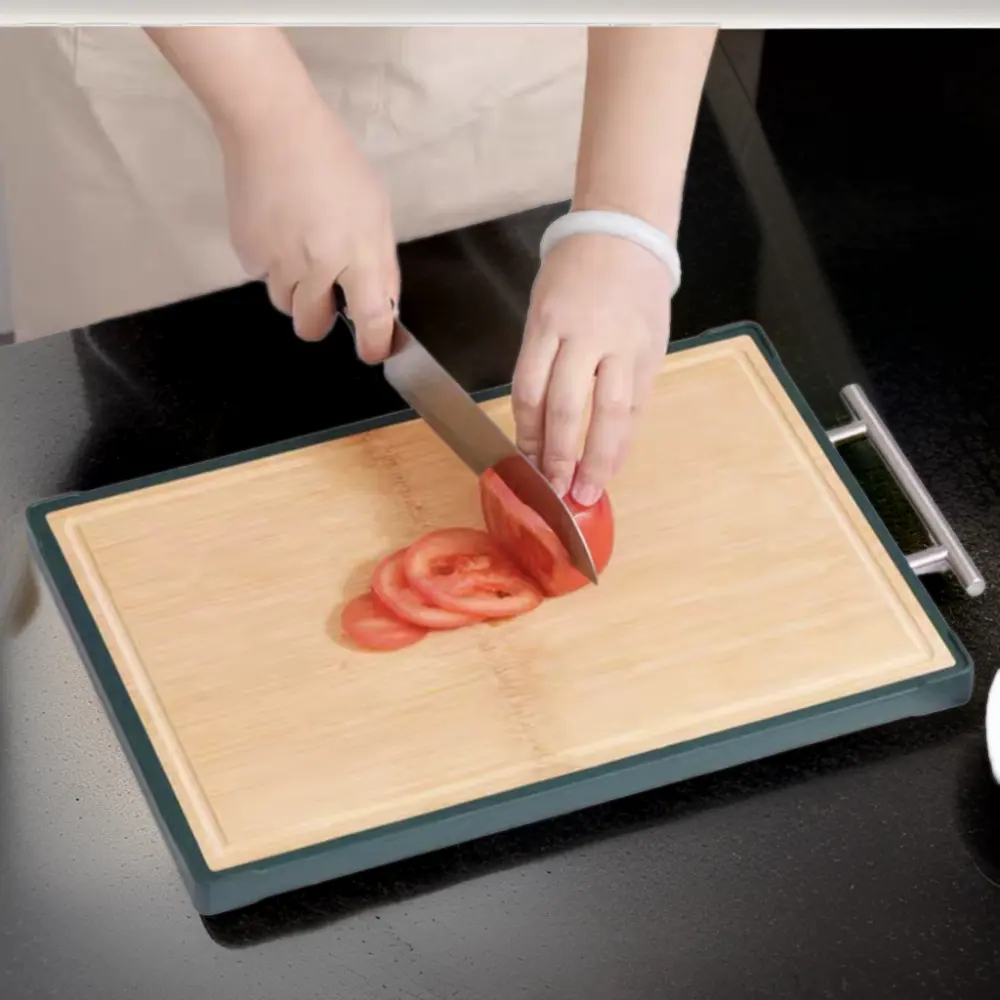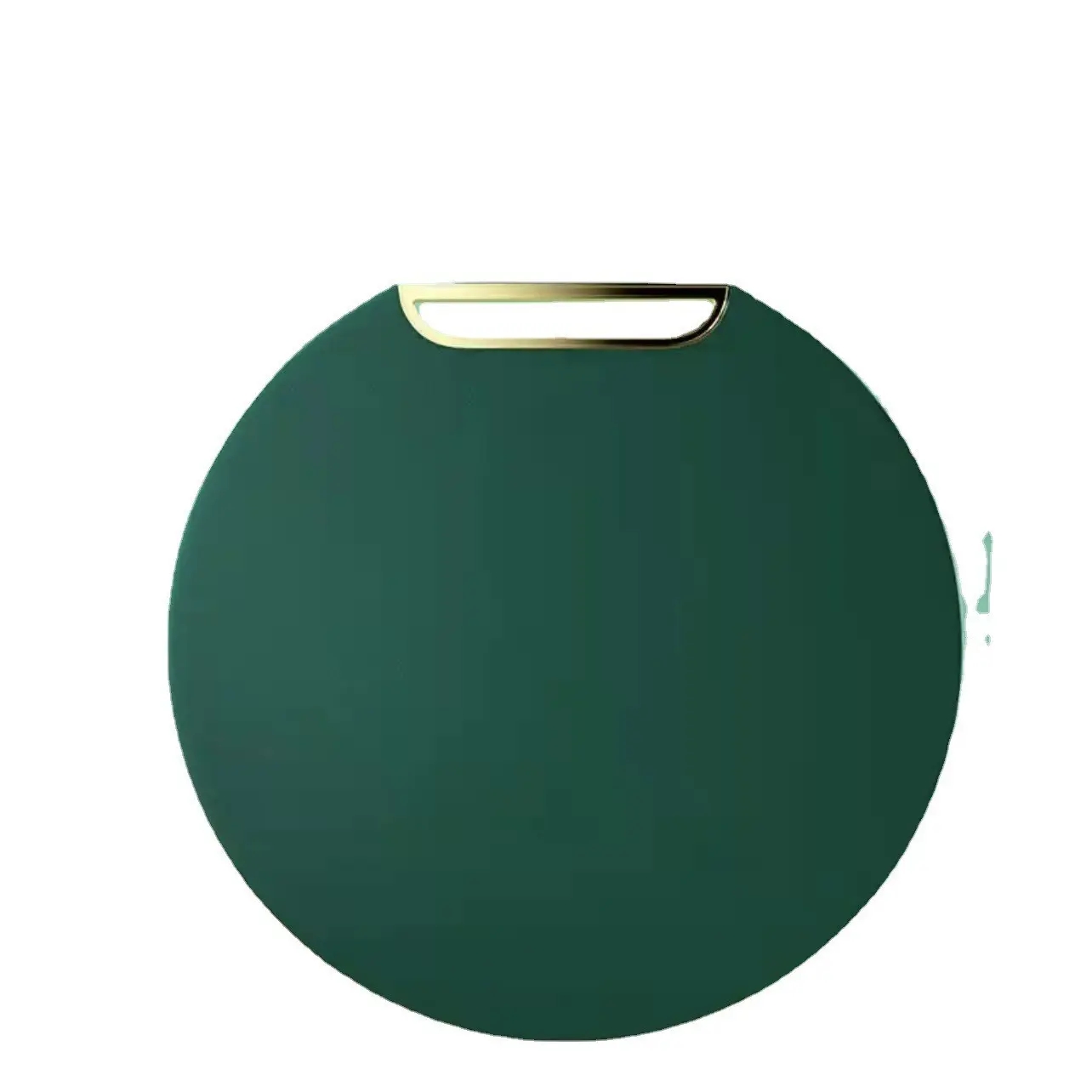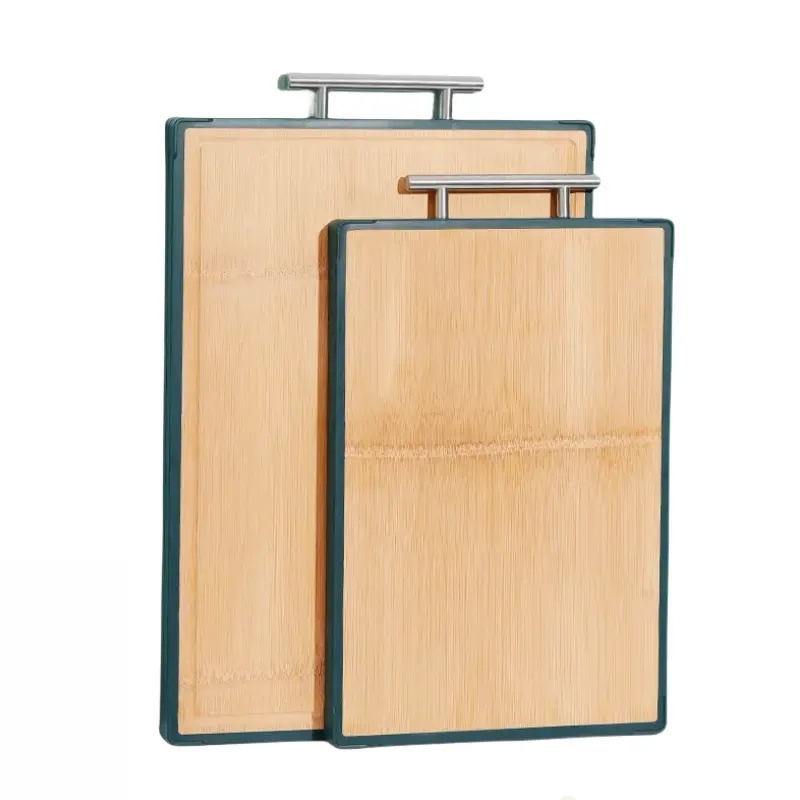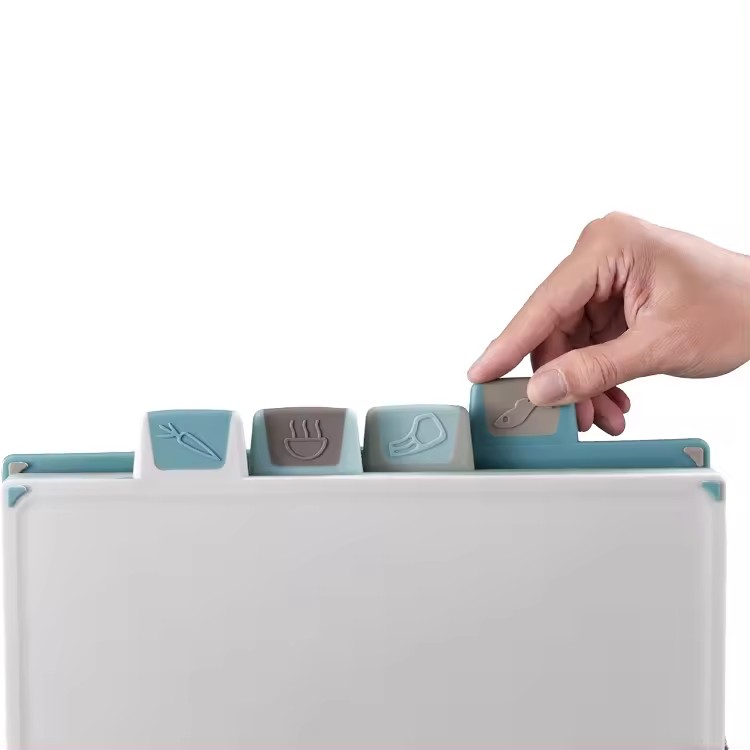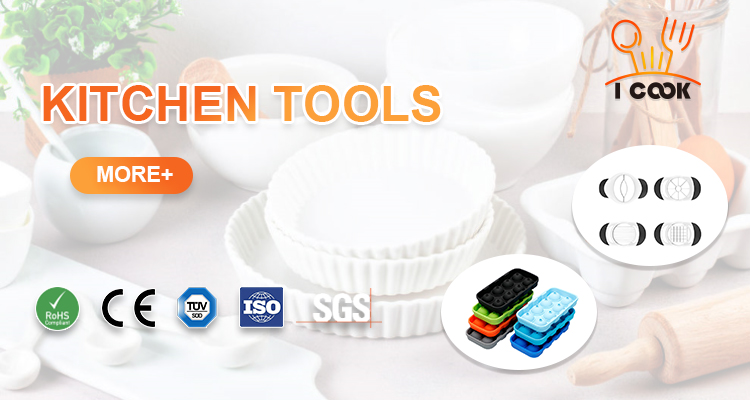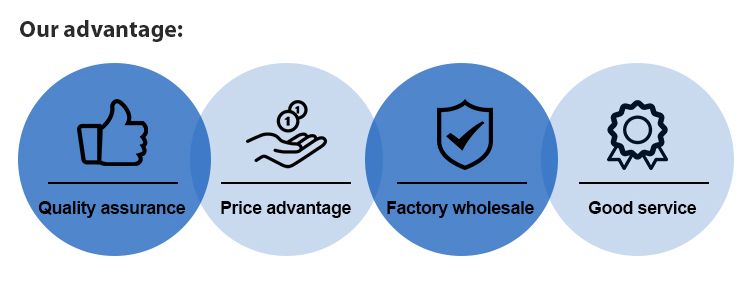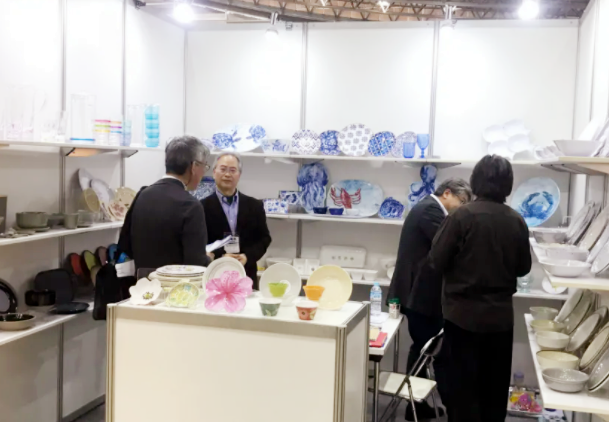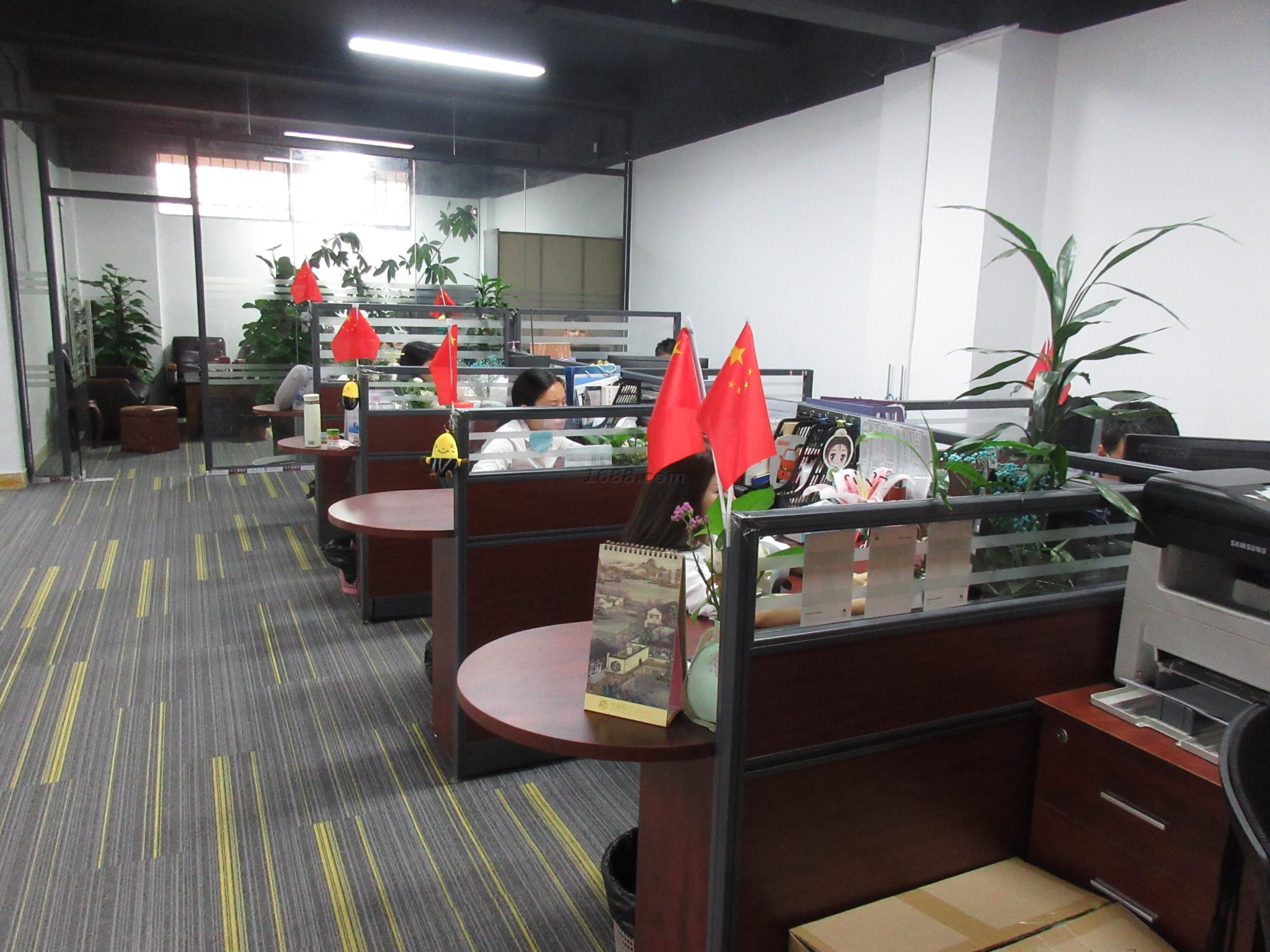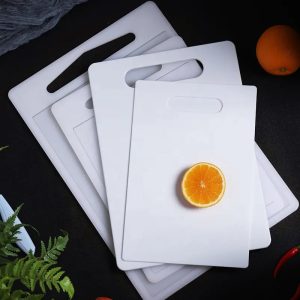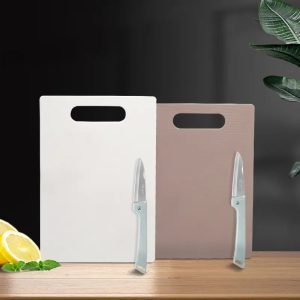Plastic picking boards, also known as cutting boards or chopping boards made from plastic materials, offer several benefits that make them popular in kitchen settings. Here are some advantages:
- Hygiene: Plastic boards are non-porous, which means they don’t absorb liquids or odors easily. This property helps prevent the growth of bacteria, making them more hygienic compared to wooden boards.
- Dishwasher Safe: Most plastic cutting boards are safe to use in the dishwasher, which simplifies the cleaning process and ensures thorough sanitation.
- Durability: Plastic boards are generally durable and resistant to scratches, cuts, and impact. They can withstand heavy use in a busy kitchen without showing signs of wear as quickly as some other materials.
- Color-Coded Options: Many plastic cutting boards come in various colors, allowing for color-coding to prevent cross-contamination. For example, different colors can be assigned to different food groups (e.g., red for raw meat, green for vegetables) to minimize the risk of transferring bacteria between foods.
- Lightweight: Plastic cutting boards are typically lighter than their wooden counterparts, making them easy to handle and move around the kitchen.
- Affordability: Plastic cutting boards are often more affordable than boards made from other materials such as wood or glass, making them a cost-effective choice for many consumers.
- Low Maintenance: Plastic boards generally require minimal maintenance. They don’t need to be seasoned like wooden boards, and their non-porous nature makes cleaning straightforward.
- Knife-Friendly: Plastic cutting boards are gentler on knife edges compared to harder materials like glass or some types of stone. This can help extend the lifespan of your kitchen knives.
- Versatility: Plastic cutting boards come in various shapes, sizes, and thicknesses, catering to different culinary needs. Some are designed with features like juice grooves to catch liquids and prevent spills.
While plastic cutting boards have these benefits, it’s essential to note that they also have some drawbacks. Over time, plastic boards may develop cuts and scratches, providing places for bacteria to hide. Regular cleaning, proper maintenance, and replacement when signs of wear appear can help mitigate these issues.
A plastic picking board, sometimes known as a plastic cutting board or chopping board, offers several advantages in both residential and commercial kitchens. Here are some of the key benefits:
- Hygiene: Plastic picking boards are non-porous, meaning they do not easily absorb liquids or harbor bacteria. This property makes them easier to clean and maintain good hygiene in the kitchen.
- Antibacterial Properties: Some plastic cutting boards are designed with antibacterial properties, helping to inhibit the growth of bacteria on the surface.
- Dishwasher Safe: Many plastic picking boards are dishwasher safe, making them convenient for easy and thorough cleaning. This is particularly beneficial in busy kitchens where quick and efficient sanitation is essential.
- Durability: Plastic boards are durable and resistant to warping, cracking, and splitting. They can withstand the rigors of daily chopping and cutting without showing signs of wear as quickly as some other materials.
- Knife-Friendly: Plastic cutting boards are gentle on knife edges, reducing the likelihood of dulling or damaging the blades. This can contribute to the longevity of your kitchen knives.
- Color Coding: Plastic picking boards often come in various colors, allowing for color-coded use to prevent cross-contamination. Different colors can be designated for specific food groups (e.g., red for raw meat, green for vegetables).
- Lightweight: Plastic boards are generally lightweight, making them easy to handle and move around the kitchen. This is especially beneficial for those who may have difficulty lifting heavier materials.
- Affordability: Plastic cutting boards are typically more affordable than cutting boards made from materials like wood or specialty materials. This makes them a cost-effective option for many consumers.
- Versatility: Plastic boards come in various sizes, shapes, and thicknesses, catering to different culinary needs. Some may have features like juice grooves or nonslip surfaces to enhance functionality.
- Resistance to Odors and Stains: Plastic cutting boards are less likely to retain odors and stains from strong-smelling or colored ingredients, ensuring that the board remains relatively neutral over time.
While plastic picking boards have these advantages, it’s important to note that they also have limitations. For instance, they can develop cut marks over time, and deep scratches may provide hiding places for bacteria. Regular cleaning, proper maintenance, and timely replacement can help address these concerns and ensure the ongoing hygiene and functionality of plastic cutting boards.

